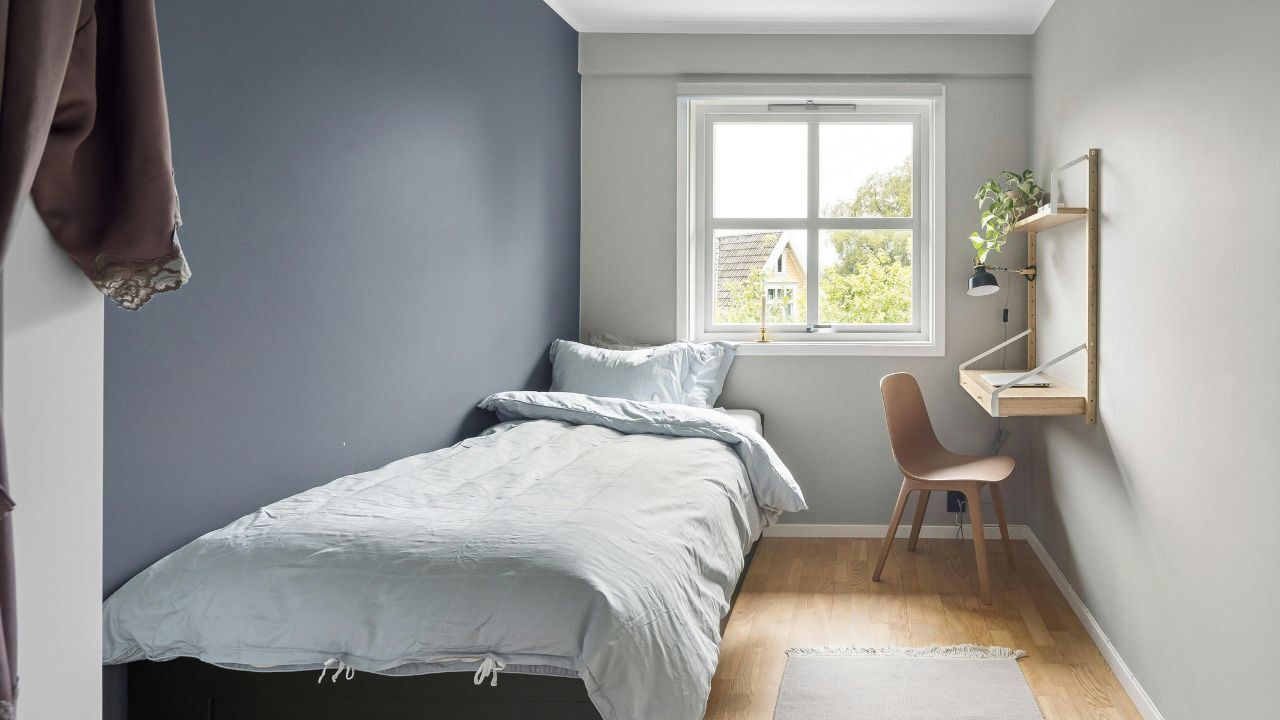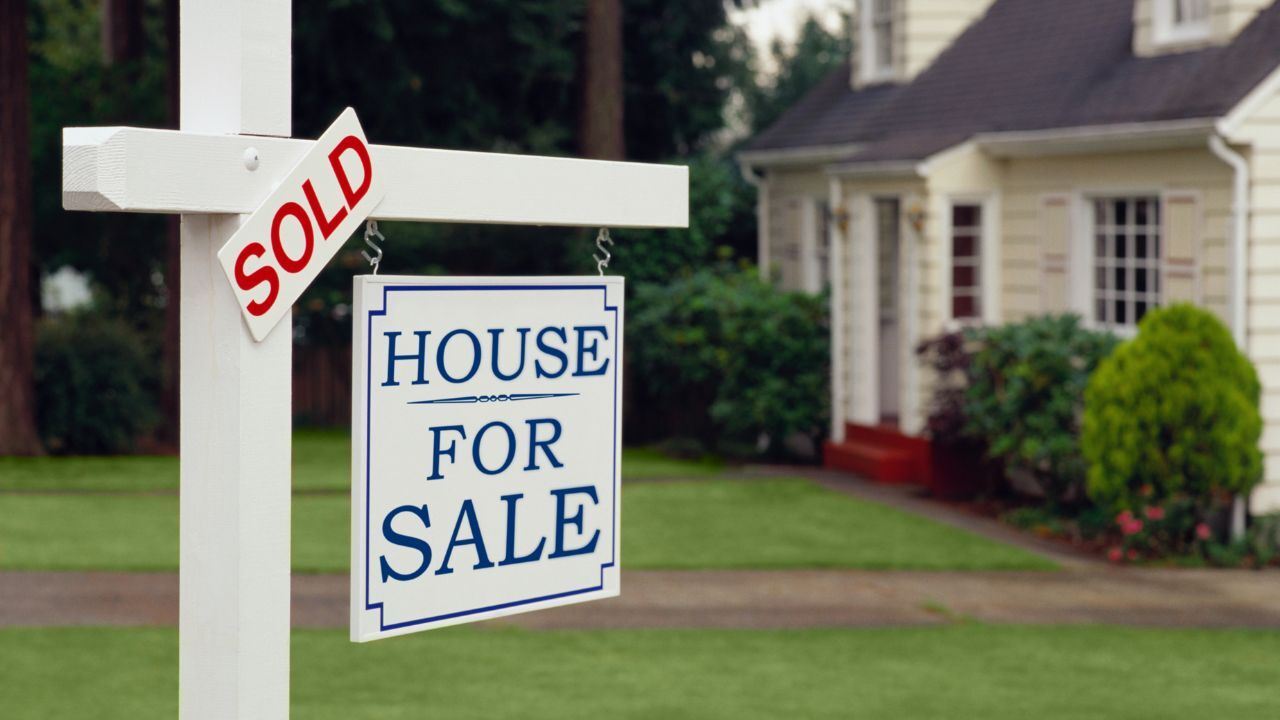 Before you begin researching a neighborhood, it is important to identify what matters most to you. Do you prioritize a short commute to work, good schools, or proximity to shopping and dining? Maybe you are looking for quiet streets, larger lot sizes, or vibrant community events. By understanding your personal priorities, you will have a clearer idea of what to look for during your search.
Before you begin researching a neighborhood, it is important to identify what matters most to you. Do you prioritize a short commute to work, good schools, or proximity to shopping and dining? Maybe you are looking for quiet streets, larger lot sizes, or vibrant community events. By understanding your personal priorities, you will have a clearer idea of what to look for during your search.
Visit the Neighborhood at Different Times
It is easy to fall in love with a neighborhood based on one sunny afternoon visit. However, a truly thorough evaluation means spending time in the area at various times of day and week. Visit in the early morning, during rush hour, and after dark. Pay attention to traffic patterns, noise levels, and how safe and comfortable you feel at each time. Talking to neighbors during your visits can also provide honest insights that are not always visible at first glance.
Research Schools and Education Options
Even if you do not have children, the quality of local schools often affects property values. Look up school district ratings and reviews online. Many public school districts publish their academic performance reports each year. You can also visit schools in person to get a better feel for the environment. Private school options and nearby colleges may also influence your decision depending on your family’s needs.
Look Into Crime Statistics
Safety is often a top concern for homebuyers. Researching crime rates in the neighborhood is an important step in your evaluation. Look for local police department reports, online crime maps, and community forums where residents discuss safety concerns. Keep in mind that crime data should be viewed in context, comparing the neighborhood with surrounding areas and considering trends over time.
Evaluate Local Amenities
Take time to explore nearby parks, libraries, shopping centers, and entertainment venues. Access to amenities can greatly enhance your lifestyle and increase property desirability for future resale. Consider whether you prefer walking access to cafes and shops or value a quieter residential setting with open green spaces. You should also check proximity to hospitals, public transportation, and major highways.
Understand Future Development Plans
Research the future of the neighborhood by checking city planning websites and local news. Are there major developments planned, such as new shopping centers, apartment complexes, or road expansions? Future projects could either enhance the neighborhood or introduce unwanted congestion. Staying informed about upcoming changes can help you make a more strategic decision.
Trust Your Real Estate Agent
Your real estate agent can be an invaluable resource during your neighborhood research. They often have insider knowledge about the community, property value trends, and potential concerns that may not be obvious during a short visit. Be honest about your needs and ask for their professional guidance to help you narrow down your options.
Taking time to carefully research a neighborhood before you buy ensures that your new home aligns with your lifestyle and long-term goals. This thoughtful approach can lead to greater satisfaction and peace of mind in your real estate journey.
 Smart Thermostats
Smart Thermostats When it comes to selling a home, not every room needs to be oversized to impress potential buyers. While large bedrooms may be ideal, smaller spaces can still add value if they are presented well. If your home has compact bedrooms, there are strategic ways to highlight their functionality, comfort, and charm. With the right approach, you can turn a perceived drawback into a unique selling point.
When it comes to selling a home, not every room needs to be oversized to impress potential buyers. While large bedrooms may be ideal, smaller spaces can still add value if they are presented well. If your home has compact bedrooms, there are strategic ways to highlight their functionality, comfort, and charm. With the right approach, you can turn a perceived drawback into a unique selling point. The idea of owning a vacation home is a dream for many. Imagine having a personal getaway spot to escape the everyday hustle, a place where you can unwind and make memories with family and friends. While the idea is appealing, owning a second home is a big decision that comes with both advantages and responsibilities. If you are considering purchasing a vacation home, it is important to weigh the pros and cons before moving forward.
The idea of owning a vacation home is a dream for many. Imagine having a personal getaway spot to escape the everyday hustle, a place where you can unwind and make memories with family and friends. While the idea is appealing, owning a second home is a big decision that comes with both advantages and responsibilities. If you are considering purchasing a vacation home, it is important to weigh the pros and cons before moving forward. Buying or selling a home is one of the biggest financial decisions most people will ever make. With so much at stake, having a real estate professional on your side is not just helpful, it is essential. A licensed agent brings knowledge, negotiation skills, and peace of mind to the process, helping you avoid costly mistakes and make confident choices.
Buying or selling a home is one of the biggest financial decisions most people will ever make. With so much at stake, having a real estate professional on your side is not just helpful, it is essential. A licensed agent brings knowledge, negotiation skills, and peace of mind to the process, helping you avoid costly mistakes and make confident choices. More than two years have passed since the official end of the pandemic emergency, but the ripple effects continue to shape how people buy and sell homes. From remote work to rising costs, the real estate landscape has changed, and buyers and sellers need to understand the trends that continue to drive the market.
More than two years have passed since the official end of the pandemic emergency, but the ripple effects continue to shape how people buy and sell homes. From remote work to rising costs, the real estate landscape has changed, and buyers and sellers need to understand the trends that continue to drive the market. As communities gather to celebrate the 4th of July, this national holiday serves as a meaningful reminder of the values that define the United States: freedom, independence, and opportunity. While the day includes parades, fireworks, and time with neighbors, it also carries deeper significance for homeowners and those pursuing homeownership.
As communities gather to celebrate the 4th of July, this national holiday serves as a meaningful reminder of the values that define the United States: freedom, independence, and opportunity. While the day includes parades, fireworks, and time with neighbors, it also carries deeper significance for homeowners and those pursuing homeownership. Selling a home can be a significant undertaking, especially when considering the time, effort, and money often required to prepare a property for the market. However, not every home requires major renovations to attract buyers. In many cases, sellers can list and successfully sell a property by focusing on strategic improvements and presenting the home in the best possible condition. If you are hoping to sell your home with minimal repairs, the following tips can help you do so effectively.
Selling a home can be a significant undertaking, especially when considering the time, effort, and money often required to prepare a property for the market. However, not every home requires major renovations to attract buyers. In many cases, sellers can list and successfully sell a property by focusing on strategic improvements and presenting the home in the best possible condition. If you are hoping to sell your home with minimal repairs, the following tips can help you do so effectively. Buying a home is a major investment, and for many buyers, the idea of having a pool is an exciting feature that adds value and enjoyment. Whether you are considering a pool for recreation, relaxation, or future resale, there are many reasons why a pool can be a smart addition to your home search.
Buying a home is a major investment, and for many buyers, the idea of having a pool is an exciting feature that adds value and enjoyment. Whether you are considering a pool for recreation, relaxation, or future resale, there are many reasons why a pool can be a smart addition to your home search.